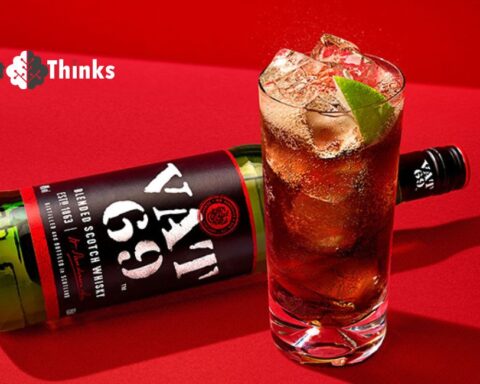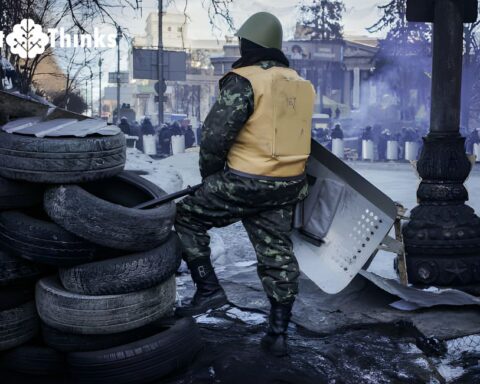Introduction
Frozen meat, once relegated to the realm of convenience and necessity, has undergone a significant transformation over the years. It is no longer the uninspiring option it once was. Instead, frozen meat has evolved into a staple in many households, offering not only convenience but also an assurance of quality and flavor. we will explore the evolution of frozen meat, its benefits, the technology behind freezing, and its impact on modern diets.
The Evolution of Frozen Meat
Historically, meat preservation was a challenge. Before the advent of refrigeration, people had to rely on techniques like drying, smoking, and salting to prevent spoilage. These methods allowed meat to be stored for an extended period, but often at the cost of flavor and texture. The introduction of freezing technology revolutionized meat preservation.
Frozen meat, in its initial form, was primarily associated with the military and long expeditions, where preserving perishable foods was critical. As technology advanced, and refrigeration became more accessible, frozen meat transitioned into the mainstream. Over the years, it has been embraced for several reasons.
The Benefits of Frozen Meat
- Extended Shelf Life: One of the most significant advantages of frozen meat is its extended shelf life. By lowering the temperature to freezing levels (0°F or -18°C), meat can be stored for an extended period without compromising its quality. This is particularly advantageous for consumers who want to buy meat in bulk and reduce their grocery shopping frequency.
- Preservation of Quality: The freezing process locks in the freshness, flavor, and nutritional value of meat. When thawed and prepared correctly, frozen meat can be nearly indistinguishable from its fresh counterpart. This ensures that consumers can enjoy high-quality meat regardless of when it was purchased.
- Economical and Less Food Waste: Buying meat in bulk and freezing portions can be cost-effective. It minimizes food waste since frozen meat doesn’t spoil quickly. This not only benefits individual consumers but also contributes to reducing food wastage at a broader societal level.
The Technology Behind Freezing
The key to successfully freezing meat lies in the rapid freezing process. Quick freezing forms smaller ice crystals, reducing the damage to the meat’s cellular structure. This is commonly achieved through blast freezers, which can lower the temperature of the meat at a much faster rate than a conventional freezer.
Proper packaging is also essential. Meat should be sealed in airtight packaging to prevent moisture loss and freezer burn. Vacuum-sealed bags, airtight containers, and freezer-safe wraps are commonly used for this purpose.
Frozen Meat and Modern Diets
The popularity of frozen meat has had a notable impact on modern diets. It has become a versatile option for home cooks, allowing them to prepare a wide range of dishes with ease. From quick weeknight dinners to elaborate feasts, frozen meat provides the flexibility needed to create diverse and nutritious meals.
Moreover, the convenience of frozen meat aligns with the busy lifestyles of many individuals and families. It eliminates the need for frequent trips to the grocery store, making meal planning and preparation more manageable.
Conclusion
Frozen meat, once seen as a rudimentary solution for meat preservation, has become a symbol of modern convenience and quality. Its benefits, including extended shelf life, the preservation of quality, and cost-efficiency, have made it a staple in countless households. As technology continues to improve, frozen meat remains a reliable and practical choice for consumers seeking to balance busy schedules with nutritious and delicious meals. Whether it’s a midweek dinner or a weekend barbecue, frozen meat continues to play a pivotal role in our culinary experiences.






